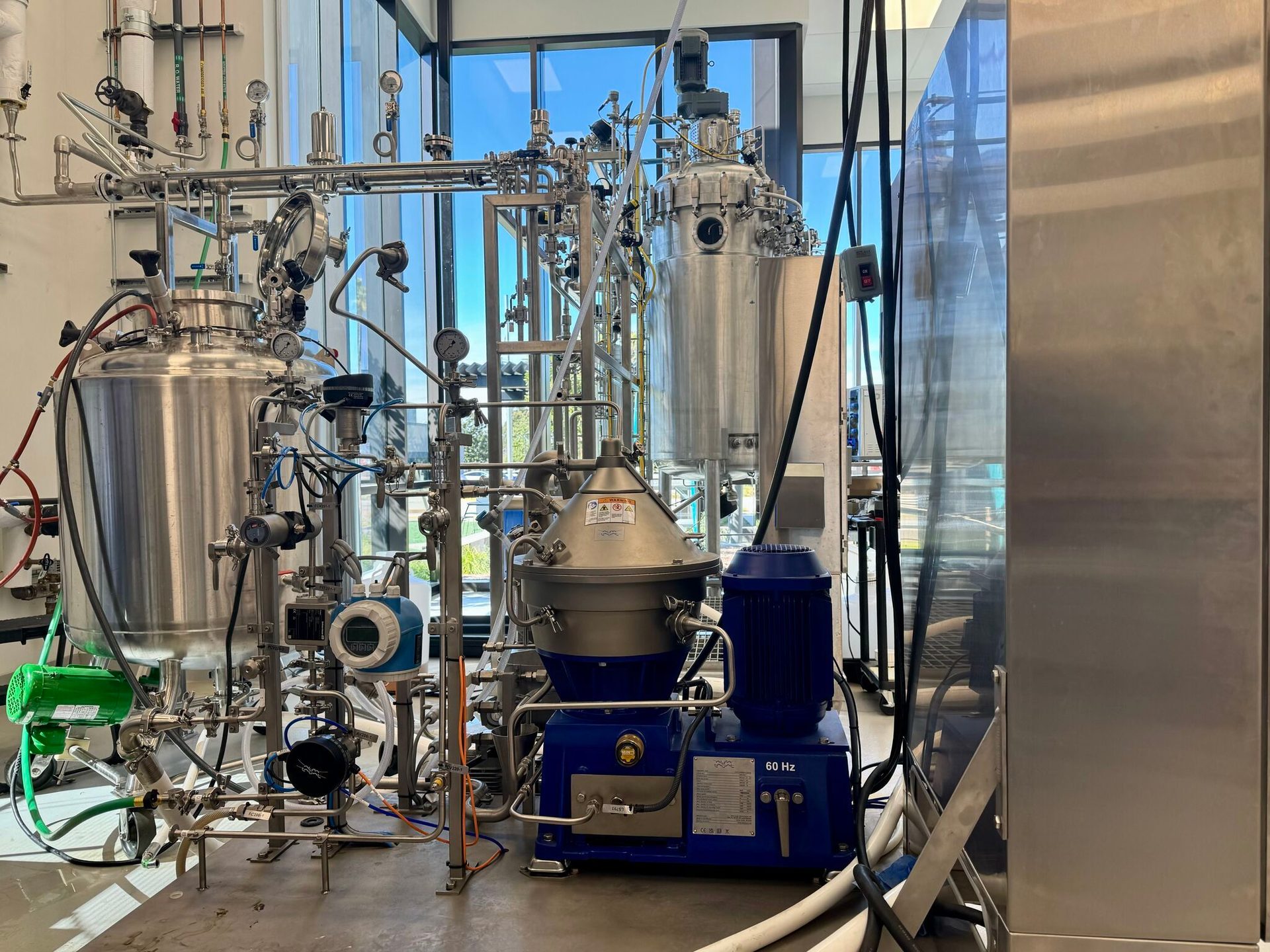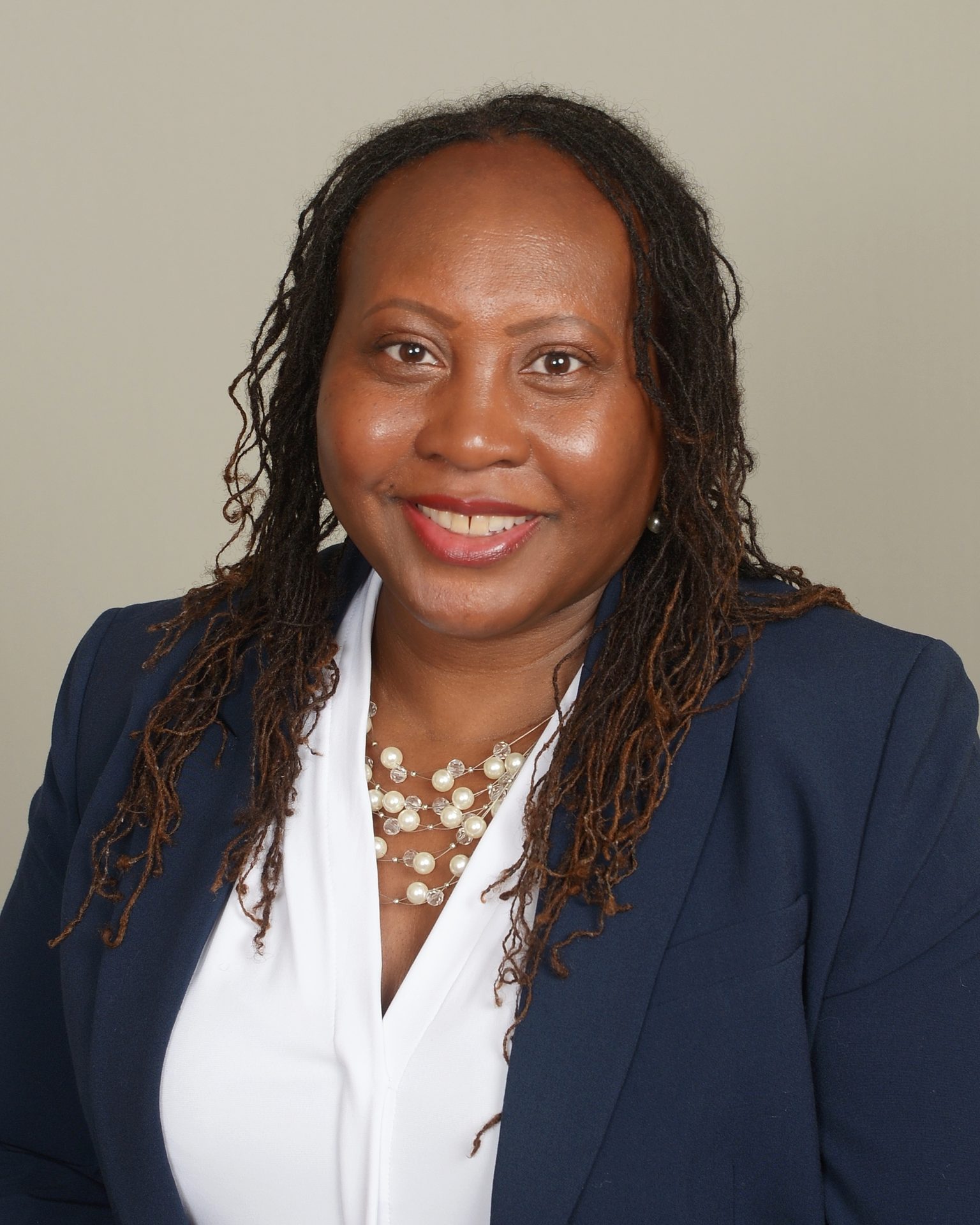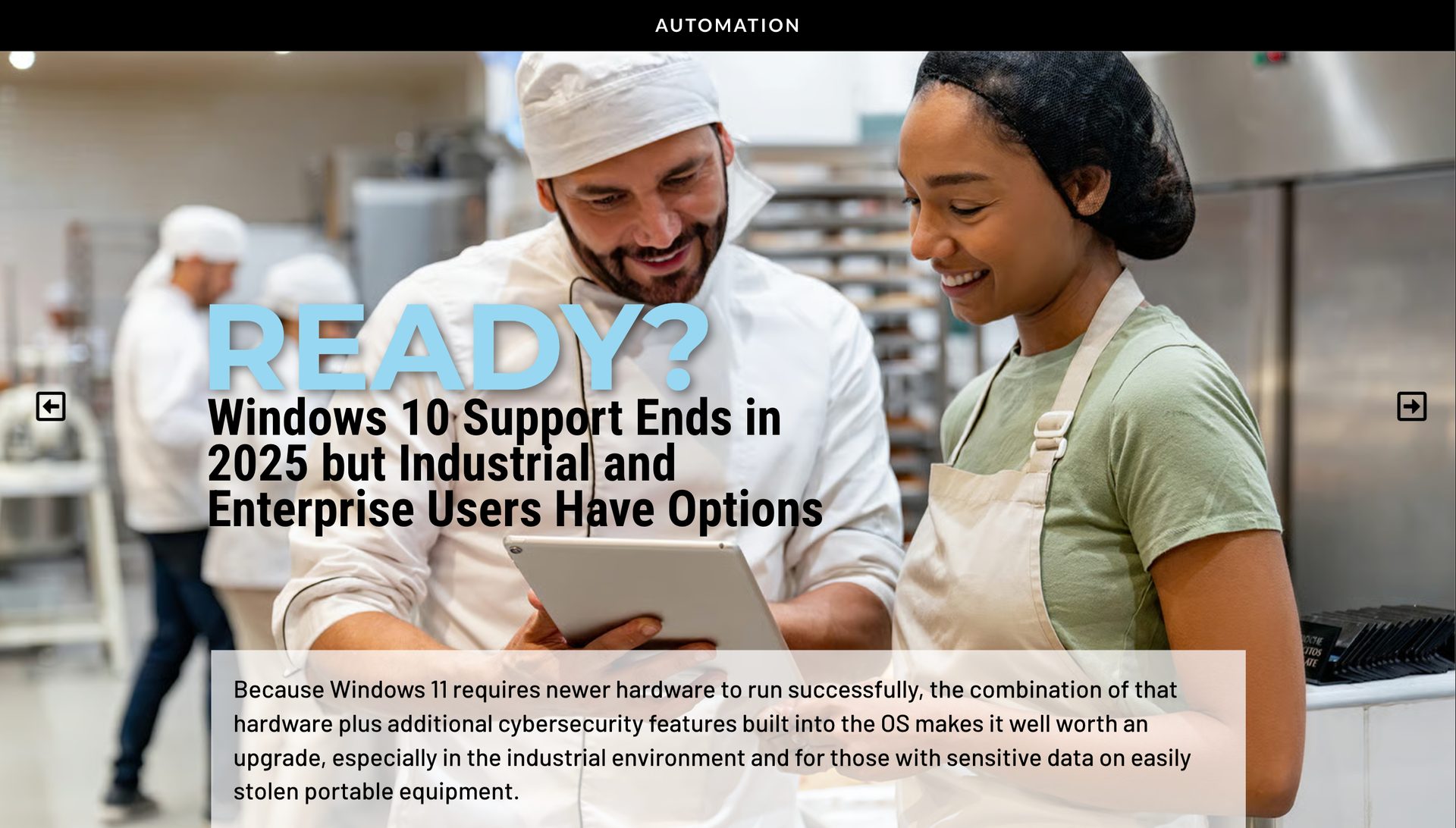engineering
To recognize the growth, and encourage more young women to consider engineering, the UK-based Women’s Engineering Society is marking the 12th International Women in Engineering Day on June 23.
the Future
Exploring the Impact of Women Engineers on the Food Industry
Engineering
A love for science and good chemistry teachers brought Samara Heaggans and Shalima Sreenath to engineering, but they’ve had very different paths into the food industry.
Heaggans, director of process quality engineering for Feastables, and Sreenath, head of downstream processing for Cellibre, are among the growing legion of women pursuing careers in science, engineering, technology and mathematics (STEM).
To recognize the growth, and encourage more young women to consider engineering, the UK-based Women’s Engineering Society is marking the 12th International Women in Engineering Day on June 23.
In celebration, Heaggans and Sreenath recently shared their educational experiences, their work in the food industry and their recommendations for fostering diversity in the engineering field.
By Alyse Thompson-Richards
A joint venture by Migros, Givaudan and Bühler Group, The Cultured Hub aims to help startups and other companies in the cultured meat space reduce infrastructure costs. Image courtesy of The Cultured Hub
Photo Courtesy of serts / Getty Images Plus
Women in STEM
More women have sought careers in STEM over the last 50 years, but data from the U.S. Department of Labor’s Women’s Bureau show the engineering category has lagged behind the others.
In 1970, women represented 7% of all workers in STEM fields, and by 2023, that had grown to 26%. Women represented 14% of life and physical scientists in 1970, growing to 45% in 2023.
The mathematics field saw similar growth – ballooning from 15% in 1970 to 36% in 1980 – and reaching 44% in 2023. Women have also turned to the social sciences, occupying 15% of the field’s jobs in 1970, and as of 2023, they represent 61% of the workforce.
Women have also pursued computer occupations, increasing from 17% in 1970 and peaking at 34% in 1990. As of 2023, women occupied 24% of computer-based roles.
Meanwhile, women represented 3% of the engineering category in 1970, quadrupling to 12% in 1990, and then growing to 16% in 2023.
Gender distributions also vary across engineering disciplines. The U.S. Census Bureau’s 2023 American Community Survey illustrates the estimated breakdown as follows:
The U.S Census Bureau also tallied the number of people holding leadership positions within the architecture and engineering sector. Roughly 13% of the 233,592 management positions in these categories are held by women.
Many women engineers experience this gender disparity beginning in their college careers. Heaggans, who attended Hampton University for her bachelor’s degree in chemical engineering, saw the number of women in her classes dwindle as she progressed in the program. However, she notes women continue to pursue chemical engineering.
“It was very male dominated,” she says. “It still is, but there are more women joining. There are always a few more women in chemical engineering, which is great to see. We did have female professors, which was great. Not everybody had that.”
Heaggans also pointed to one instance in which a classmate was less than supportive, but she says the encounter pushed her to find confidence in her own abilities.
“At one point, we were in a study group, and one guy went down the row and said, ‘you're going to drop, you're going to drop, you're going to drop,’ and pointed at me and said, ‘you're definitely going to drop,’” Heaggans says. “It motivated me to say, ‘no, I'm not.’ He ended up dropping, but it made me realize, just because they've been there, or they're used to it, or they know someone who was a chemical engineer, doesn't mean they're the smartest in the room. It doesn't mean they know everything. And a lot of times, I ended up being the top of the class. It made me find my voice, own that, speak up for myself, and realize you have to learn how to work with people in all their different personalities.”
Sreenath, who earned a bachelor’s degree in chemical engineering from Birla Institute of Technology and Science in Pilani, India, says her class had more female students than was typical, but would often find herself as the only woman in project groups.
“I felt like most of my classmates and peers were extremely smart, supportive and respectful,” she says. “Most of the time there, I didn't really feel like being the only woman in the group. I think that helped build the confidence to ask questions and speak up, anything technically related or anything like that, so that helped.”
Work in the Food Industry
Heaggans reached the food industry through a process of elimination. While pursuing her bachelor’s degree, she interned at NASA Langley Air Force Base working on superconductors, at AT&T Bell Labs measuring the viscosity of viscoelastic fluids – which would later become fiberoptic lines – and at an Exxon pilot plant with basic chemicals. Heaggans didn’t like any of it.
During her graduate program at Johns Hopkins University, she realized she didn’t enjoy being in academia. Heaggans also interned at Dow Chemical, working on agricultural chemicals, and she didn’t like that, either. She then turned toward the pharmaceutical industry, but ultimately, she decided it wasn’t for her.
“After a year and a half, I was like, ‘I cannot do this one more day,’” she says. “I literally – it felt like to me – tried every industry except for food.”
One of her friends, who had recently landed a job at Frito-Lay in Texas, encouraged her to apply and interview. With less inherent danger than other chemical engineering fields, the food industry appealed to Heaggans.
“A potato chip, a corn chip – nobody ever died from that,” she says. “The chemicals weren’t harsh. There weren’t any accidents. Nobody caught fire. I ended up going to work for Frito-Lay. I’ve been in the food and beverage industry for decades now. It clicked. It finally clicked.”
Heaggans began in Frito-Lay’s research and development division, installing equipment and redesigning process lines. She worked on the ill-fated WOW chips, which were made with the fat substitute Olestra, as well Santitas tortilla chips. Heaggans also holds a patent for part of the process for manufacturing Tostitos Scoops.
“By the time I left Frito-Lay, five-and-a-half, almost six years later, I was responsible for all of tortilla chip manufacturing across the United States, which at the time was 42 different manufacturing plants,” she says.
Looking to move back to the East Coast, Heaggans then became a process research and development engineering for Campbell’s in New Jersey. She worked on everything from soups and sauces to crackers and frozen layer cakes. Before she left the company, she served as the director of commercialization for its C-Fresh division.
“I got the chance to work on a lot of different types of products, processes, equipment, which was incredible,” she says. “Just the breadth of experience, the breadth of different processes – a lot of engineering goes into food.”
After a brief period of solely consulting, Heaggans became employee No. 8 of Do Good Foods, a startup that aimed to reduce waste by upcycling unsold protein, vegetables and fruit into animal feed. Heaggans built a lab piece by piece and then developed the company’s pilot plant in North Dakota during the COVID-19 pandemic. However, the company filed for bankruptcy in June 2023 and later shut down.
Heaggans now works for Feastables, the chocolate brand created by YouTuber MrBeast, also known as Jimmy Donaldson. There she’s testing and scaling up processes, locating the right equipment and tracking production after its introduced to a co-manufacturer.

Heaggans tests and scales up manufacturing processes for Feastables, MrBeast’s chocolate brand. Image courtesy of Feastables
Meanwhile, Sreenath began exploring the food industry while working on her master’s degree from Cornell University. She took a few courses in food engineering.
“I was really drawn to food because it's something very fundamental and something which affects people's lives daily,” she says. “Just the idea of being able to contribute to that, it resonated really well with me. And at that time also, I had just moved to the U.S. I was really fascinated by all the options available at the stores and all the processes which made it possible. I just wanted to know more about the processes behind that.”
Sreenath first served as a process engineer with Kerry Ingredients, initially working on yield improvements and cost savings for a plant that made fermented ingredients. She also participated in a spray dryer optimization project that led to building a second dryer.

Shalima Sreenath was involved with the design and equipment selection for Cellibre’s pilot plant in San Diego. Image courtesy of Cellibre
Sreenath then took on a broader role supporting plants across Kerry’s network that supported Kerry’s Wellmune business, which involved deriving beta-glucan from yeast. She served as engineering lead, working with plants to develop and optimize processes.
Later, Sreenath became a project engineer, leading the multimillion-dollar installation of sauce and soup lines at a Texas facility. She saw the project through from concept to completion, with the added complexities of the COVID-19 pandemic.
“Managing a fast-paced project through all of that was kind of challenging, but looking back, I feel really proud of having managed that project and successfully run it to completion,” she says.
Sreenath moved to Beyond Meat, installing process lines across the U.S. and Canada and improving throughput. Now, she leads downstream processing for Cellibre, a precision fermentation company. It involves purifying and isolating small molecules from fermentation broth. Sreenath was involved with the design and equipment selection for the company’s pilot plant in San Diego.
Supporting Diversity and Professional Development
Sreenath and Heaggans say they have encountered situations in the field where people may not realize or accept that they held leadership roles, but they say it’s improving.
“Sometimes when working with non-engineers, I felt they won't expect a woman to be the technical lead,” Sreenath says. “That can come across as dismissive or they may be skeptic, but I feel like that will change as more women enter these engineering roles and thrive in it, that's going to change. I'm really hopeful it's on a really good path there.”
But when it came to advancing her engineering career, Sreenath notes having managers who entrusted her with major projects early on helped her prove her mettle.
“They were really supportive and put me in charge of important projects, which gave me the confidence and it also showed their trust in me to carry out a huge project,” she says. “I feel like that went a long way in letting myself know that this is something I could do. Without giving that opportunity, I would never know what was possible. That is a big thing – putting women other minorities in charge of high-stakes projects so that they get a chance to prove themselves out – that goes a long way.”
Mentorship is crucial to career success, whether it happens organically or it comes through an organization-sponsored program, Heaggans adds. Both Heaggans and Sreenath serve as mentors to those just starting their journeys.
“Having a mentor is invaluable,” Heaggans says. “Having an advocate – they're not always the same person – also invaluable. And it makes a world of difference. I think people should, even if you're paired with someone formally, also go find someone in addition to that. You can never have too many mentors.”
Sreenath also recommends women engineers build a professional community, diversify their skillsets and remain open to any opportunities that come along.
“I've always been curious of the different skills involved and the different roles,” she says. “As I was navigating through my career, just being open to new opportunities and new projects. Whenever I'm put in a new project or something new comes by, I think ‘what can I learn from it? And how does that help me grow my knowledge?’”
Heaggans, who explored many fields before coming to the food industry, also suggested being flexible and letting go if something isn’t the right fit.
“If you don't like something, move on,” she says. “There are tons of areas to work in. You don't have to stay in an area where you're miserable or you have absolutely no interest because you won't be doing your best, you won't be giving your best and people can pick up on that. Be willing to relocate.”
Heaggans would also like to see outreach to girls in middle school and high school so they know careers in the food industry, engineering and manufacturing are options.
“Let the girls, the females know ‘you can do this,’” Heaggans says. “And just because you're the only one in the room doesn't mean that you will always be the only one in the room. There are more coming after you.”





